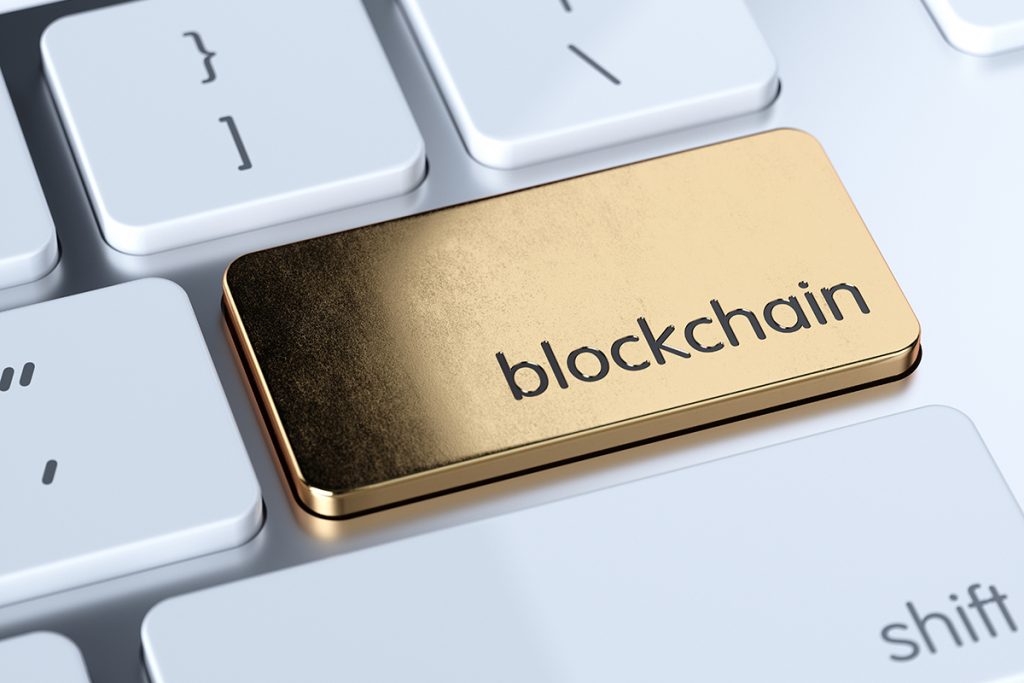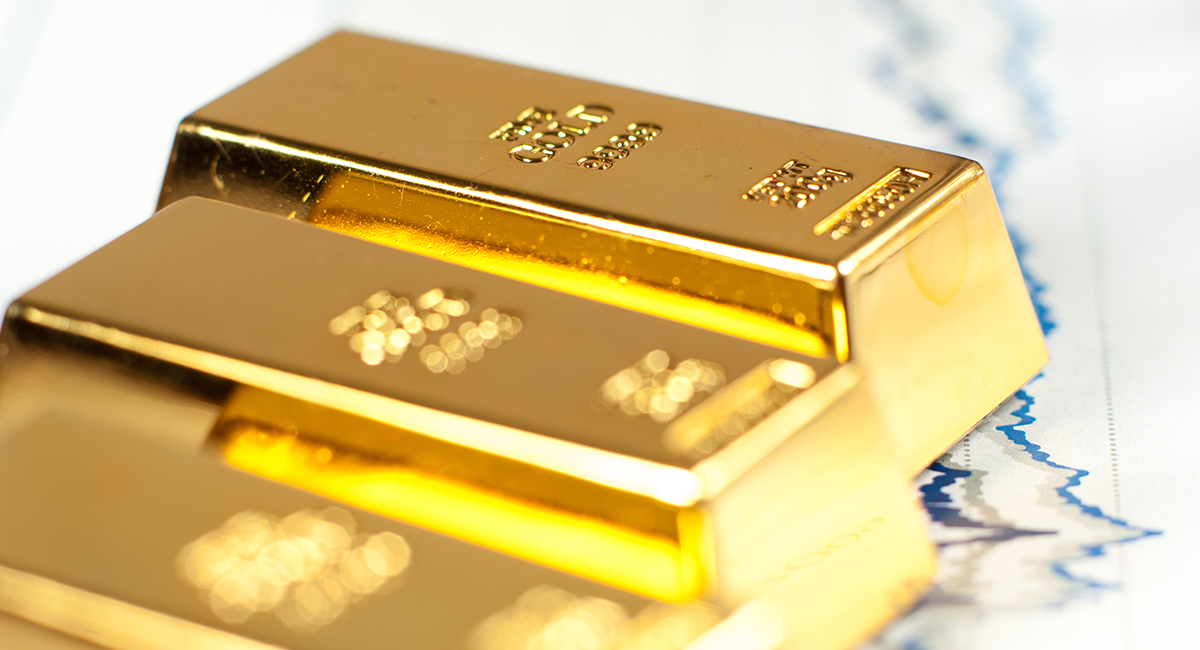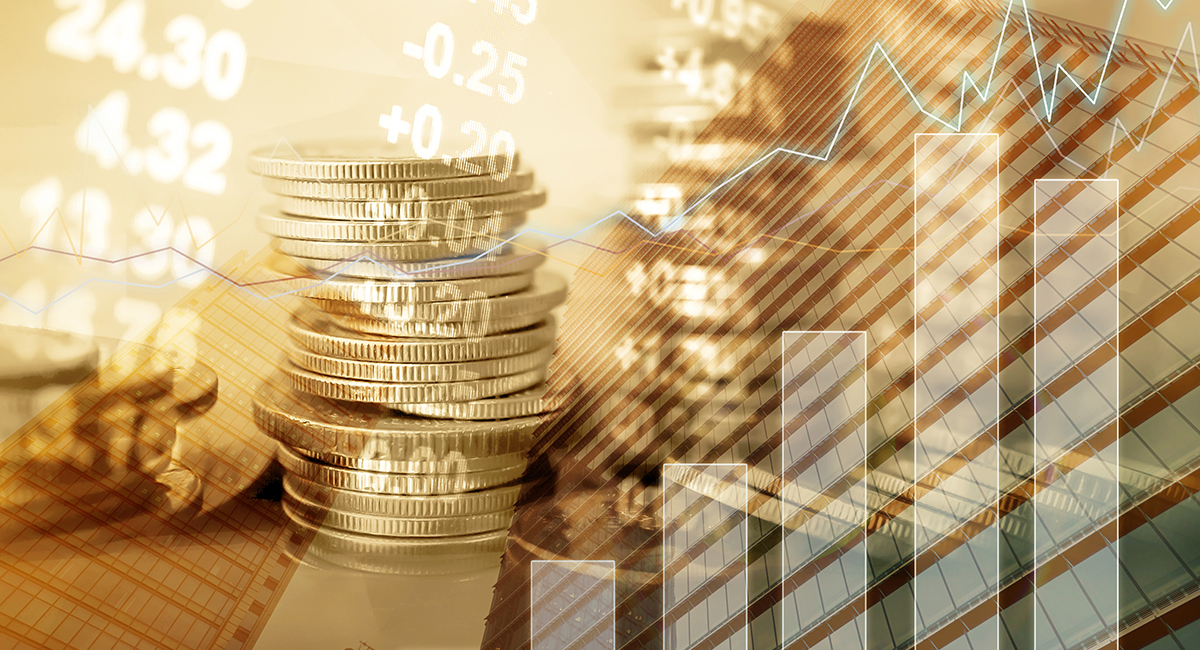Navigate
Article List
- Chairman’s Foreword – A Look Back at 2017 And What’s Ahead
By Martin Huxley, Chairman, SBMA
- 2017 Gold Market Recap and 2018 Forecast
By Hawk Namiki, Executive Director, SBMA
- Putting Gold on the Blockchain
By Sergei Vozchikov, Managing Director, Copernicus Gold
- Vietnam: Looking Forward to a More Open Gold Market in 2018
By HT Khanh, Vietnam Gold Traders Association
- Asia’s Role in the Gold Market
By Albert Cheng, CEO, SBMA
- SBMA News
By Albert Cheng, CEO, SBMA
Article List
- Chairman’s Foreword – A Look Back at 2017 And What’s Ahead
By Martin Huxley, Chairman, SBMA
- 2017 Gold Market Recap and 2018 Forecast
By Hawk Namiki, Executive Director, SBMA
- Putting Gold on the Blockchain
By Sergei Vozchikov, Managing Director, Copernicus Gold
- Vietnam: Looking Forward to a More Open Gold Market in 2018
By HT Khanh, Vietnam Gold Traders Association
- Asia’s Role in the Gold Market
By Albert Cheng, CEO, SBMA
- SBMA News
By Albert Cheng, CEO, SBMA
Putting Gold on the Blockchain
By Sergei Vozchikov, Managing Director, Copernicus Gold
Published on January 9, 2018


Sergei Vozchikov is the Managing Director of Copernicus Gold Singapore Pte. Ltd. He has over 15 years of experience in the banking sector with an excellent track record as a top manager at the largest private bank in Russia and in Raiffeisenbank’s European banks group. He has successfully incorporated and developed a bank from scratch.
Blockchain, or a distributed ledger, is the engine behind innovations like bitcoin. In this article, Sergei Vozchikov, managing director of Copernicus Gold explains the impact it can have on the retail gold market and how it can be used to enhance gold trading and lower transaction costs for gold investors and retailers.
Gold is a fairly interesting asset to keep one’s savings in. Although it is discriminated in a number of countries (such as Russia, which imposes VAT on it), people still use it as a savings instrument.
The greatest demand for gold comes from Asia, where it is part of religious and cultural life, but even then, there are certain issues that limit its trade. It is simple enough to organise the sale of standard bullion weighing a kilogram or more. But in the case of retail sales, where transactions take place in grams or weights less than a gram, traditional technologies bring about organisational and technical difficulties and, most importantly, high costs.
This is why today new technologies are being developed to effectively organise the retail gold trade. However, they are all relatively new and often far from perfect. So we get a wish to draw a picture of the perfect retail gold trade system.
In the case of retail sales, where transactions take place in grams or weights less than a gram, traditional technologies bring about organisational and technical difficulties and, most importantly, high costs.
The physical online
Less informed readers would say they already buy and pay for products online. As proof of that, they might use an example of how the price of a coffee they buy is instantly charged to their card, even when they are abroad. Let us analyse such an example more thoroughly. You have an account in a bank in your country. It is where your money is kept. The cafe has a bank account in another bank in another country. Does the transfer of the money from your bank to the cafe’s bank happen immediately? Does the cafe immediately get the money put into its account? Unfortunately, no.
Reasonably, you might say these are not your problems and you are not interested in how the creaking rotaries of the global banking system work. The mode through which you’re charged the cost of the coffee in is called the informational online. There are risks that the account will be empty at the moment the money transfer actually happens. For example, the bank might have gone bankrupt or your funds could have been frozen by the authorities.
This is why a system of reserving monetary funds by banks exists for such cases. Besides, a cross-border payment take several days to process, which increases the need for larger reserves and increases the cost of transactions. To protect their margins, banks charge fees for such services, adding to the cost for the customer.
The blockchain is able to ensure the operation of the entire global payment system in the physical online. You pay for a coffee and the cafe receives the money in its account immediately. All the risks of failure of payment are avoided, the payment’s cost becomes significantly lower.
Let’s turn from coffee to gold. Suppose that all the gold traded in the world totals $100 trillion. If monetary funds are transferred from a payer to a recipient for a year, the same $100 trillion of turnover funds will be needed. If a transfer takes five days, this amount decreases significantly to a little over $1 trillion. In case of payments in the physical online, the turnover funds are nearly nil. Well, let’s be more careful – they’re substantially lower. Besides, there are no more risks of failure of payments. This is undoubtedly a revolution happening in the field of payments, providing for the turnover of gold.

The electronic gold ecosystem
The idea of issuing electronic gold fully backed by gold bullion is fairly simple. When you purchase a bullion bar weighing 1,000 grams, the system simultaneously creates 1,000 units of an electronic currency backed by gold. Of course, the electronic currency must circulate in a blockchain network, which makes it both protected and convenient to use.
An entire gold ecosystem can be created with use of electronic gold.
Electronic gold is attractive to the investors who want to speculate on price changes, as well as jewellery buyers, who save and pay for their purchases with fiat currency, or buy small pieces to sell at a later date. Both methods are risky – the gold price may change dramatically and returning the purchased gold pieces may incur considerable losses.
Saving in electronic gold addresses these risks because the cost of an electronic gram is always equal to the market gold gram price. In fact, one can save a fixed amount every month, turning it into electronic gold grams, and not have to worry about future price changes.
An entire gold ecosystem can be created with the use of electronic gold – jewellery stores, pawn shops and jewellery manufacturers can be linked, and jewellery buyers will be able to pay for their purchases with electronic gold.
Gold retailers will benefit from accepting electronic gold as this may attract additional clients, including customers who may have previously been unable to save up to buy jewellery. Other participants in the system will find it more efficient to carry out settlements in electronic gold. Besides, electronic gold may be used by the jewellery industry to insure against risks related to price changes.
There are several systems currently focused on working with electronic gold. Yet they, as a rule, do not have a developed API (Application Programming Interface). This leads to difficulties in terms of attracting clients and prevents the development of an ecosystem.
When there is a developed API, not only will gold buyers be connected to the system, there will also be jewellery stores, pawnshops and other market participants, and their existing clientele. An API will lead new participants to the electronic gold market. This will lead to new FinTech applications for saving in gold, carrying out payments and making purchases, giving loans in gold, providing guarantees, earning points for jewellery purchases, etc.
When combined with the physical online mode using blockchain, there will be unprecedented benefits to all participants in this payment environment.

Multi-currency support
The existing retail trade system is a mono-currency one as it works with only gold itself. While you may be able to buy physical gold, when you decide to sell it, you will need to withdraw money from the system, converting it into fiat currency, for example, the US dollar. This incurs expenses at each stage: fees for depositing money into the system, withdrawal from it, as well as conversion costs. This may amount to several percent, depending on the intermediary. Sometimes, fees amount to more than 5%.
In this system, it is possible to directly convert gold into euros, dollars or any traditional currency within the system.
This dissuades speculators who want to earn from the fluctuating gold price as they would suffer massive losses because of associated transaction fees.
The situation dramatically changes if the system supports several currencies simultaneously (being a multi-currency one). In this system, it is possible to directly convert gold into euros, dollars or any traditional currency within the system. As you do not have to withdraw any money from the system, the costs of such transactions are drastically reduced.

Sergei Vozchikov is the Managing Director of Copernicus Gold Singapore Pte. Ltd. He has over 15 years of experience in the banking sector with an excellent track record as a top manager at the largest private bank in Russia and in Raiffeisenbank’s European banks group. He has successfully incorporated and developed a bank from scratch.
























